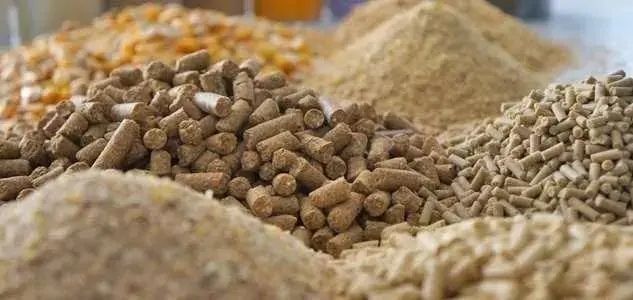
 CONTACT
CONTACT
- Linkman:Linda Yao
- Tel: +8618231198596
- Email:linda.yao@dcpharma.cn
- Linkman:CHARLES.WANG
- Department:Overseas
- Tel: 0086 0311-85537378 0086 0311-85539701
Preservative Nisin For Sale
TIME:2024-05-28
Using nisin as a preservative in livestock and poultry feed exhibits significant effectiveness and multiple advantages. Nisin efficiently inhibits various Gram-positive bacteria responsible for food spoilage, such as Listeria, Staphylococcus aureus, and Clostridium botulinum, thereby demonstrating remarkable preservation effects. Adding nisin to livestock and poultry feed significantly extends the shelf life of the feed, reducing losses due to bacterial contamination.
Nisin effectively prevents the contamination of pathogenic bacteria in livestock and poultry feed, thereby reducing the risk of livestock and poultry becoming ill from consuming contaminated feed. By inhibiting bacterial activity, it ensures the safety of feed for livestock and provides a healthy and safe dietary environment.
Nisin enhances the immune function of livestock and poultry, increasing their resistance to diseases. By regulating intestinal health, it improves the efficiency of nutrient absorption in livestock and promotes their growth and development.
Nisin exhibits good stability and solubility, maintaining high activity under different pH and temperature conditions. This makes its addition to livestock and poultry feed more flexible and convenient, meeting the requirements of different feed processing and storage conditions.
As a natural food preservative, nisin is non-toxic, harmless, and leaves no residues, making it environmentally friendly and safe for human consumption. The use of nisin as a feed preservative aligns with the green and environmentally friendly principles of farming.
The advantages of using nisin as a preservative in livestock and poultry feed, such as its significant preservation effects, improved feed safety, promotion of healthy livestock and poultry farming, good stability and solubility, and environmental friendliness, highlight its important practical significance and extensive application prospects in livestock farming.
- Tel:+8618231198596
- Whatsapp:18231198596
- Chat With Skype







